After five days camping out in Torry, holding protests and ignoring no entry signs at the harbour, did the Aberdeen climate camp activists actually make a difference in the Oil Capital of Europe?
It’s a question I’ve been pondering since I first arrived at their campsite at St Fitticks Park, Torry on Thursday evening.
I’ll be honest, I felt a bit of trepidation about the sort of reception I’d get walking straight into the camp and introducing myself as a reporter from the Press and Journal, given this front page from July:
However, I received a very warm welcome and most of the camping activists I spoke with dismissed our front page with a laugh.
What were the campers actually like?
I found them to be a chatty, positive group who were kind-hearted and focused.
Many had come from all corners of the UK and beyond to attend the camp.
From your classic happy-go-lucky hippies who would latch on to any eco-flavoured cause, to more hardcore activists clued up on the intricacies of the oil and gas industry’s impact on climate change, the campers were definitely a varied bunch.
But it was the protesters who had direct connections to the north-east I found the most interesting.
It’s one thing for central belters, of which there were a fair few at the camp, to call for the end of North Sea drilling when they don’t know anyone employed in the industry.
But it something else entirely to hear from those whose livelihoods currently depend on Aberdeen’s oil and gas jobs, yet feel so strongly about how fossil fuel usage is driving the climate crisis that they’re actively campaigning for an end to North Sea extraction.
I felt like a lot of the activists I spoke with who travelled hundreds of miles to visit the north-east didn’t really have a proper understanding of what your average Aberdeen resident would think about banners calling for “No New Oil And Gas” in their city centre.
And I don’t blame them.
If you haven’t grown up or lived in the north-east, it’s easy to underestimate just how much the oil and gas industry is woven into the fabric of Aberdeen society, for better or for worse.
What did ordinary Aberdonians think about the protesters?
During my time with the activists at their protests, the general response from passers-by was usually a raised eyebrow.
And it was much the same look on the faces of the police officers present.
At St Fitticks Park itself, I saw a few dog walkers stopping to chat with the campers, as well as a few young men who thought a better mode of discourse with the climate champions would be to ride their dirtbikes loudly and quickly through the middle of their campsite as activists queued up for vegan food.
A wee update from day 2 of the @ScotClimateCamp in Aberdeen. There's a lot more folk here tonight compared to yesterday. About 150 people I'd say (discounting the lads speeding through the campsite on dirtbikes). Full article on what went on tonight will be online tomorrow morn. pic.twitter.com/Iso85R9SXy
— Kieran Beattie (@KNBeattie) July 29, 2022
The organisers chose Aberdeen for their five-day camp for two primary reasons.
Firstly, to protest against the oil and gas industry because of its contribution to climate change, and to seek for a just transition for North Sea workers.
And secondly, to give backing to local campaigners in Torry seeking to prevent the development of an Energy Transition Zone (ETZ) at St Fitticks Park, which is why they camped there in particular.
But, to go back to my original question, did they actually manage to make a difference with their protests?
Going by the public’s reaction during their St Nicholas Street protest outside of Marks and Spencer, I’d say probably not.
At least when it comes to shifting away from North Sea oil.
Although there were a few curious Sunday shoppers who stopped to look, many simply walked past, and a lot of those who stopped to listen to the speakers, drumming and chanting didn’t stick around very long.
But where I do think the activists seem to have had some impact is in their backing of the Torry residents campaigning against development at St Fitticks Park.
The Torry folk I spoke with during the climate campers’s stay said they were more than happy to have their backing for their campaign, and seemed very pleased their actions were giving their fight more publicity.
So, did it make a difference?
I think it certainly rallied those who were already on their side in Aberdeen, as all sorts of green-aligned folk, trade unionists, and climate activists who live in the north-east were more than happy to join with the campers and back their cause.
But in terms of convincing your average Aberdonian, who is perhaps on the fence on the debate around divestment from fossil fuels?
I don’t think there will be many who will have had their minds changed by the five days of camping and protest actions.
I just don’t believe many Aberdonians respond very positively to camp-outs, drumming, ribbons, dancing, chanting and shouting as a way of communicating a message.
Ultimately, if a protest isn’t convincing people on the fence, or even better, those on the other side of the fence, you really have to ask if it was worth it or simply preaching to the choir.
Read more about what happened during the Aberdeen Climate Camp protest:
- Meet the Aberdeen climate campers pitching their tents in Torry
- Leaders defend criticism from protesters heading to Aberdeen climate camp
- ‘It’s imagining the world you want to see’: Meet cyclists who pedalled over 170 miles to Aberdeen’s Climate Camp
- Climate change protestors and Maggie Chapman MSP stage demonstration in restricted zone at Aberdeen Harbour
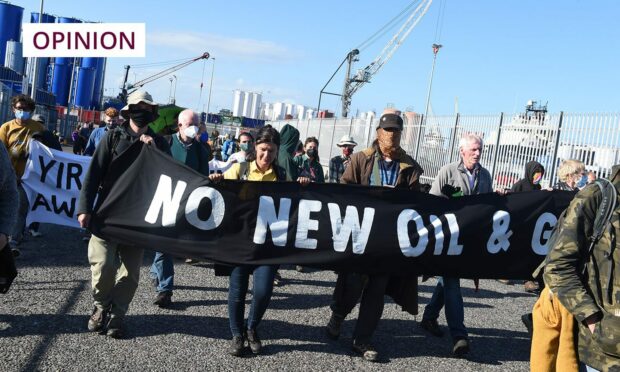
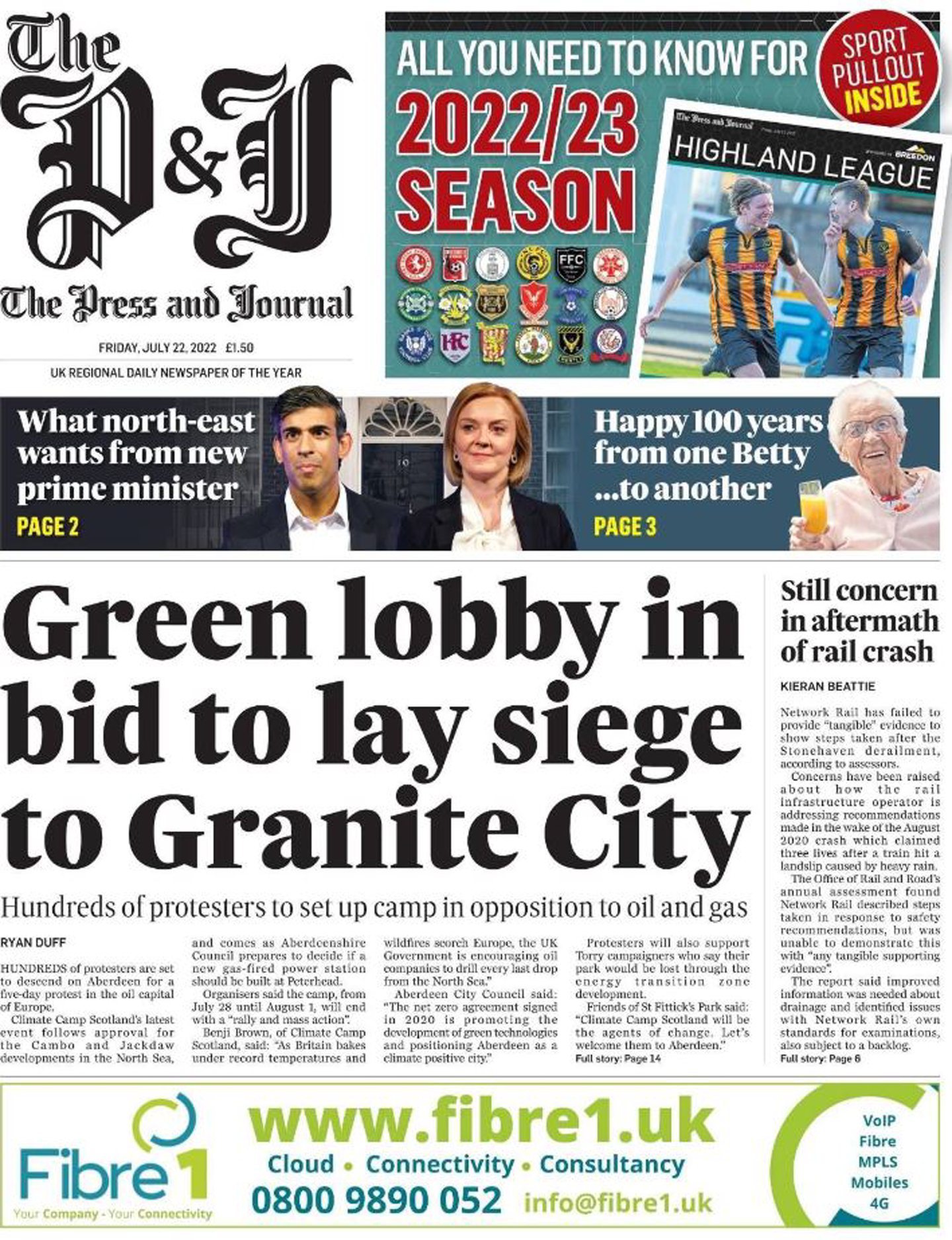
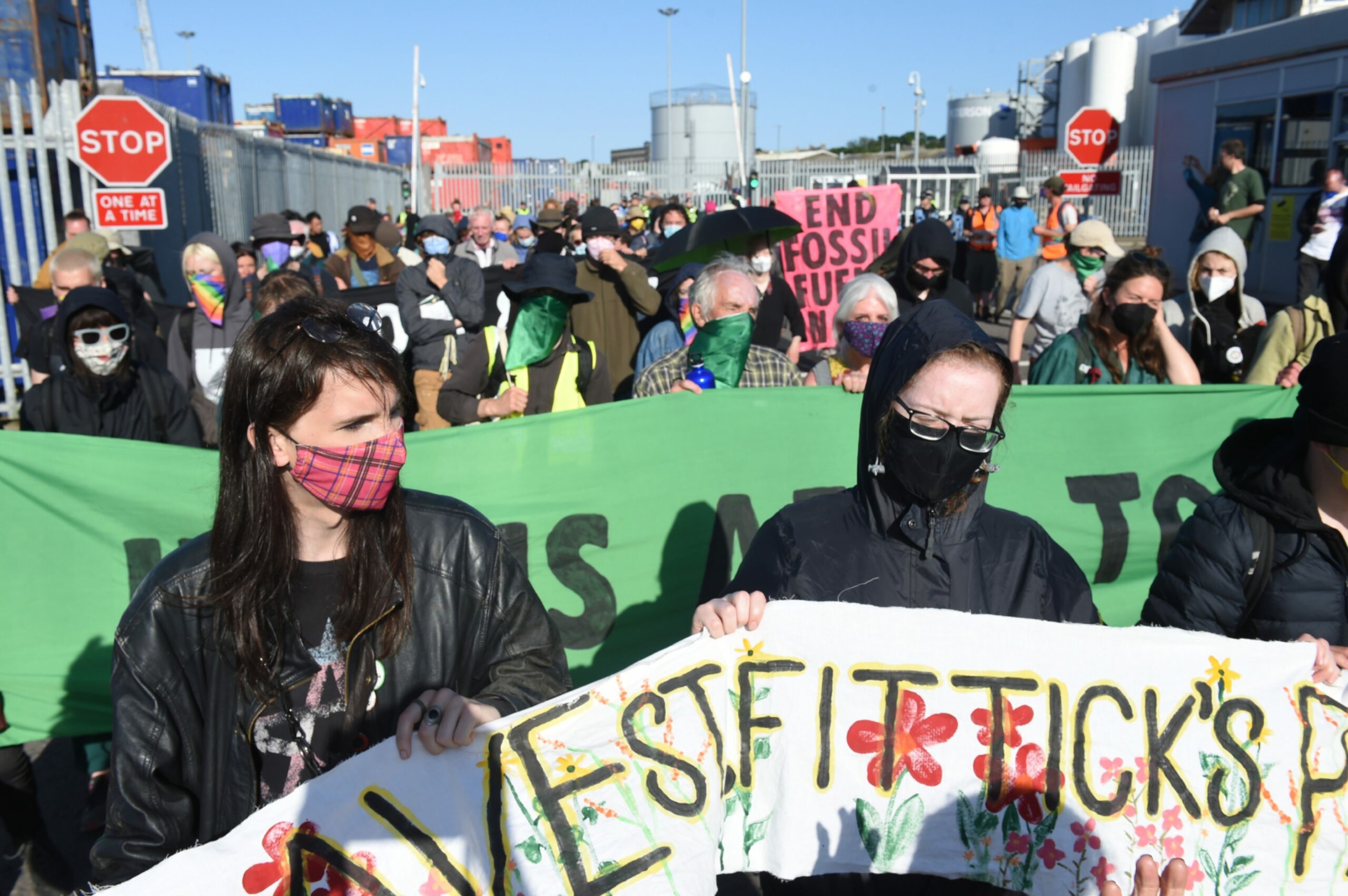
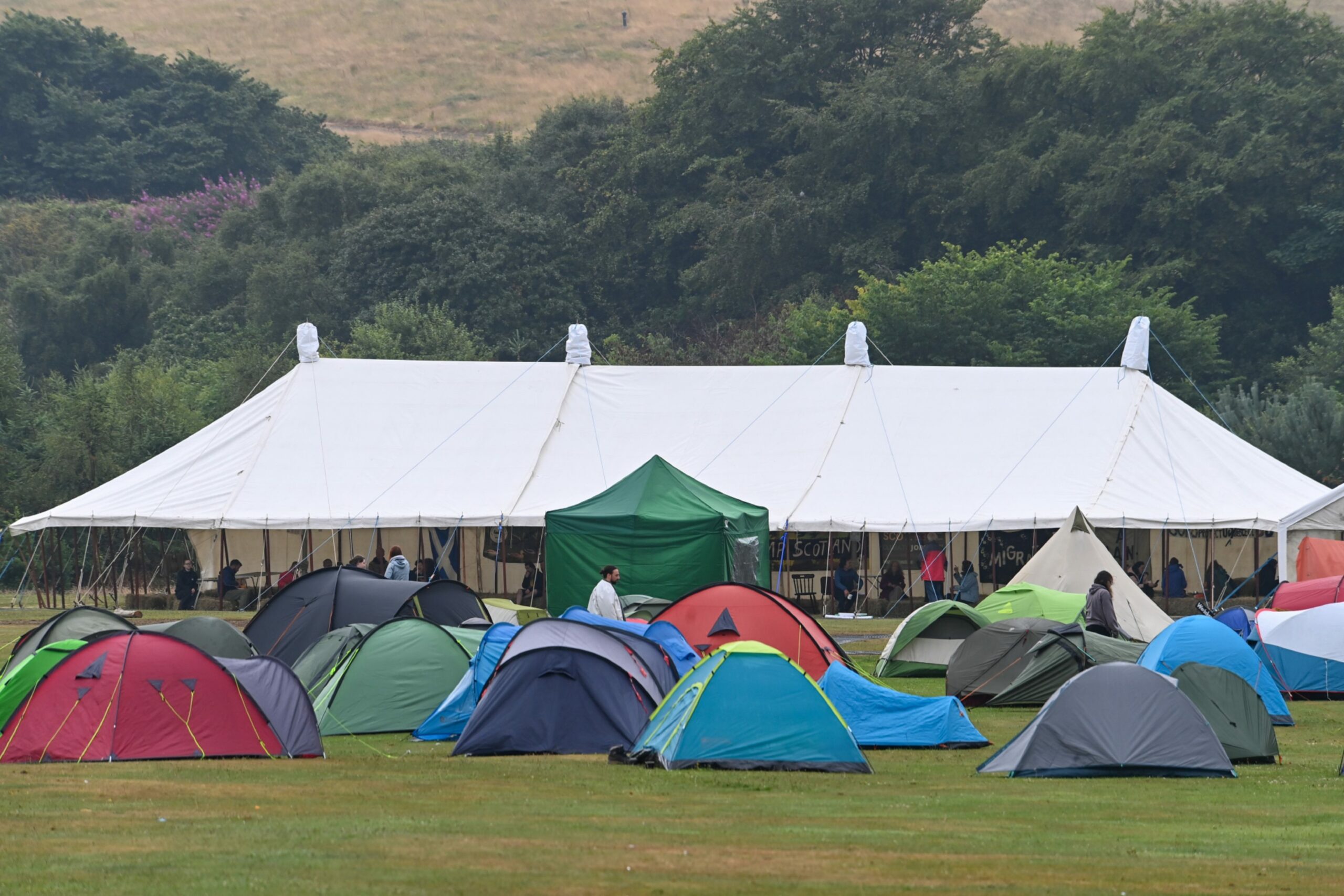
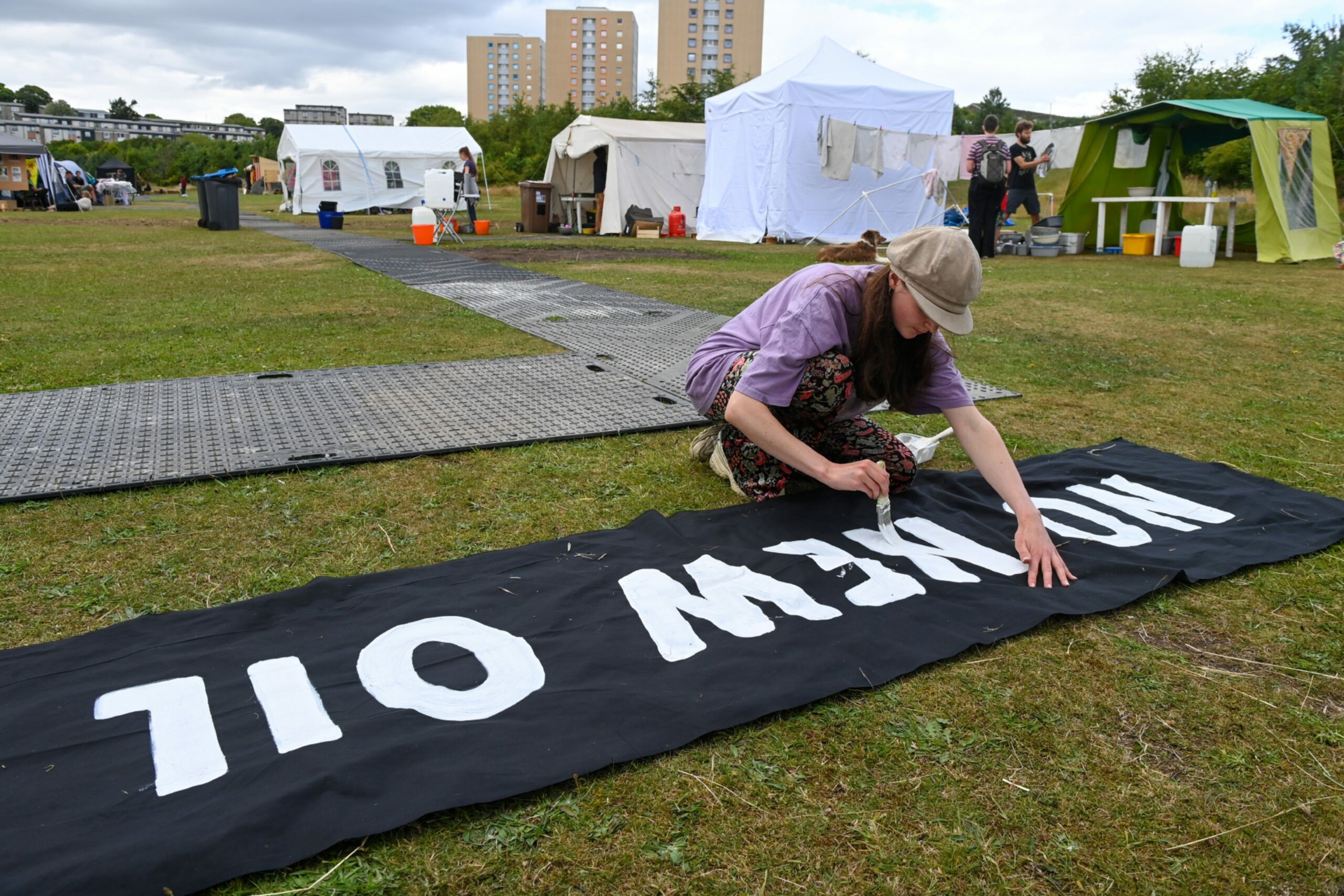
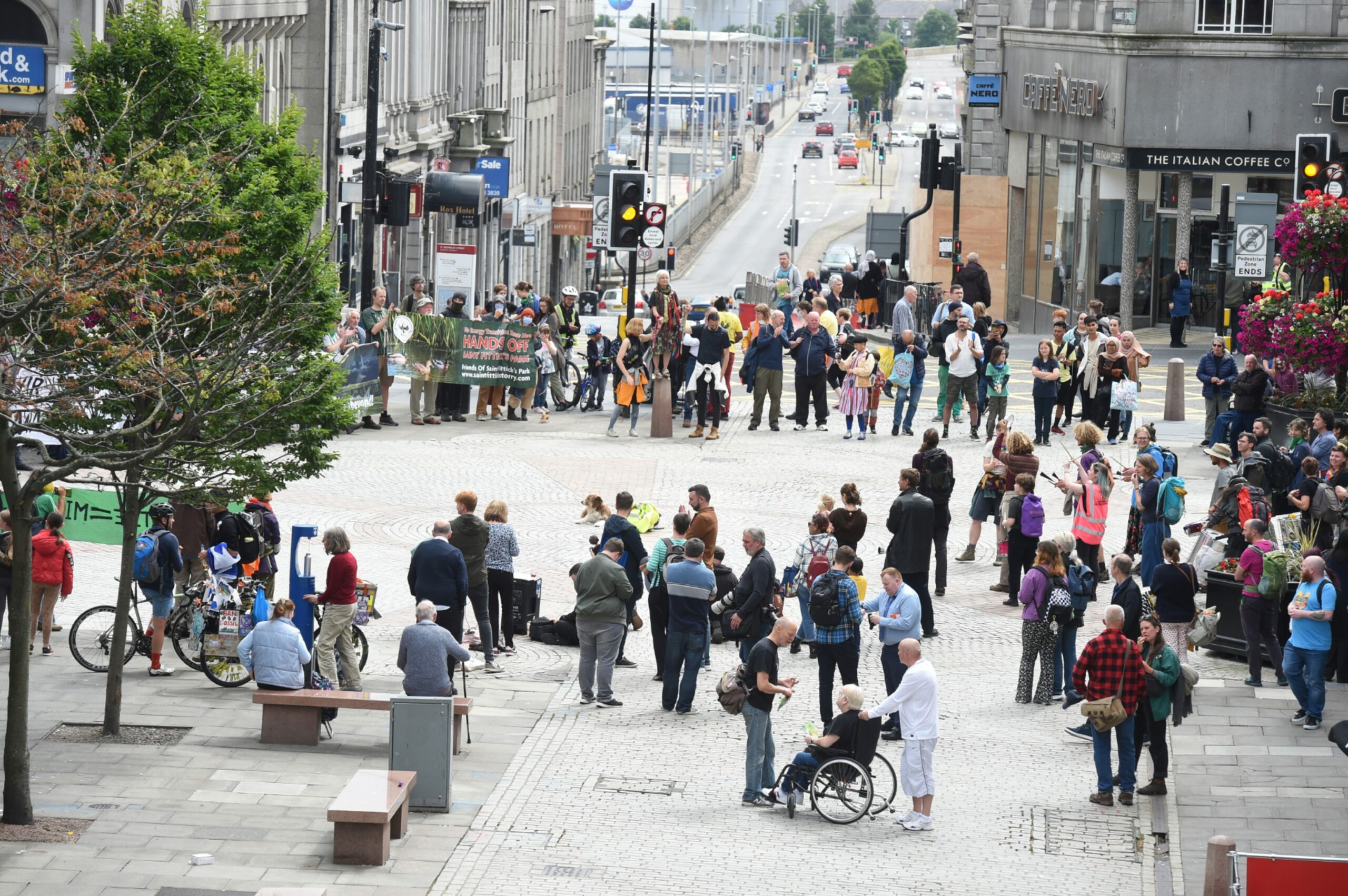
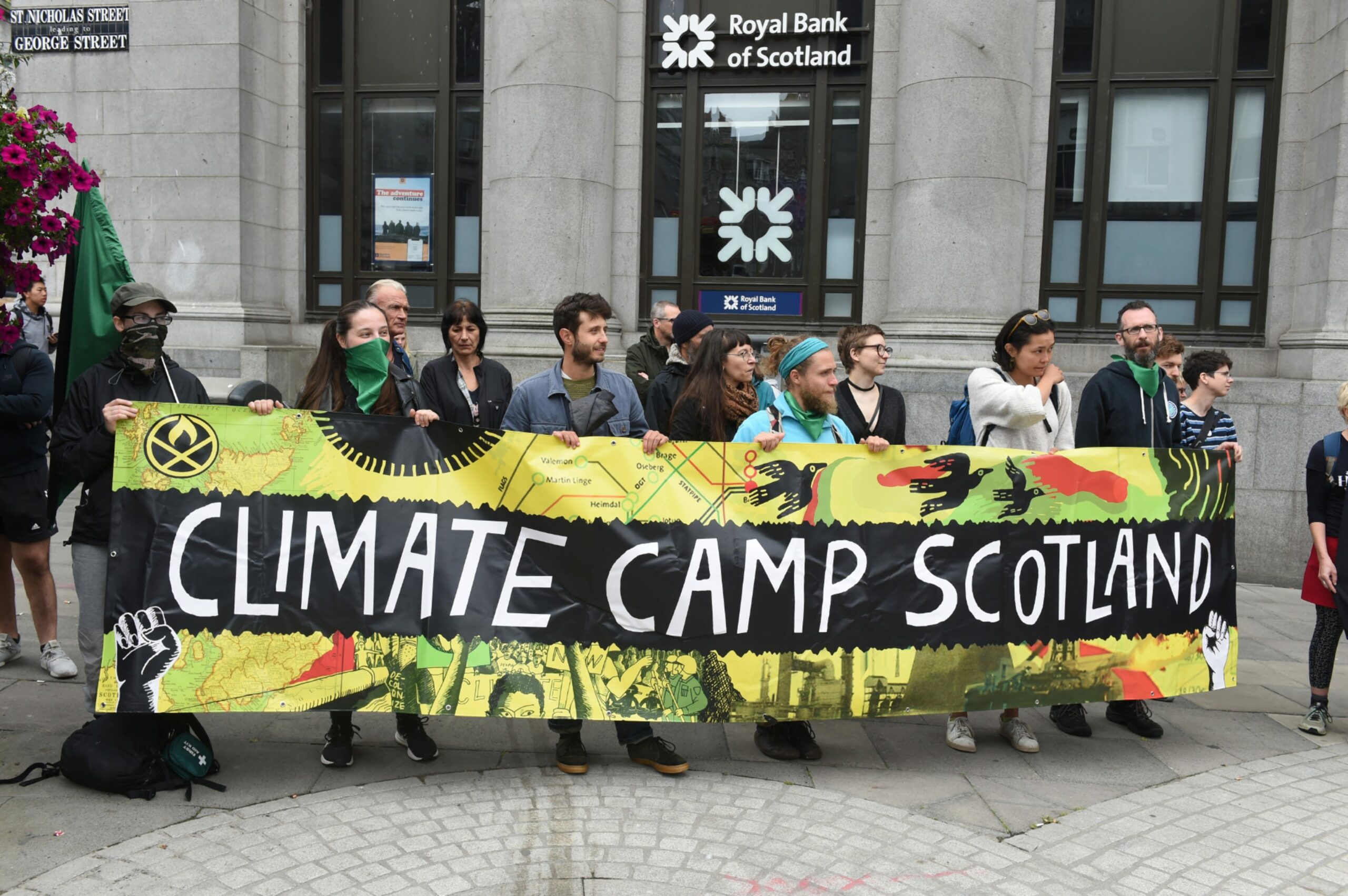
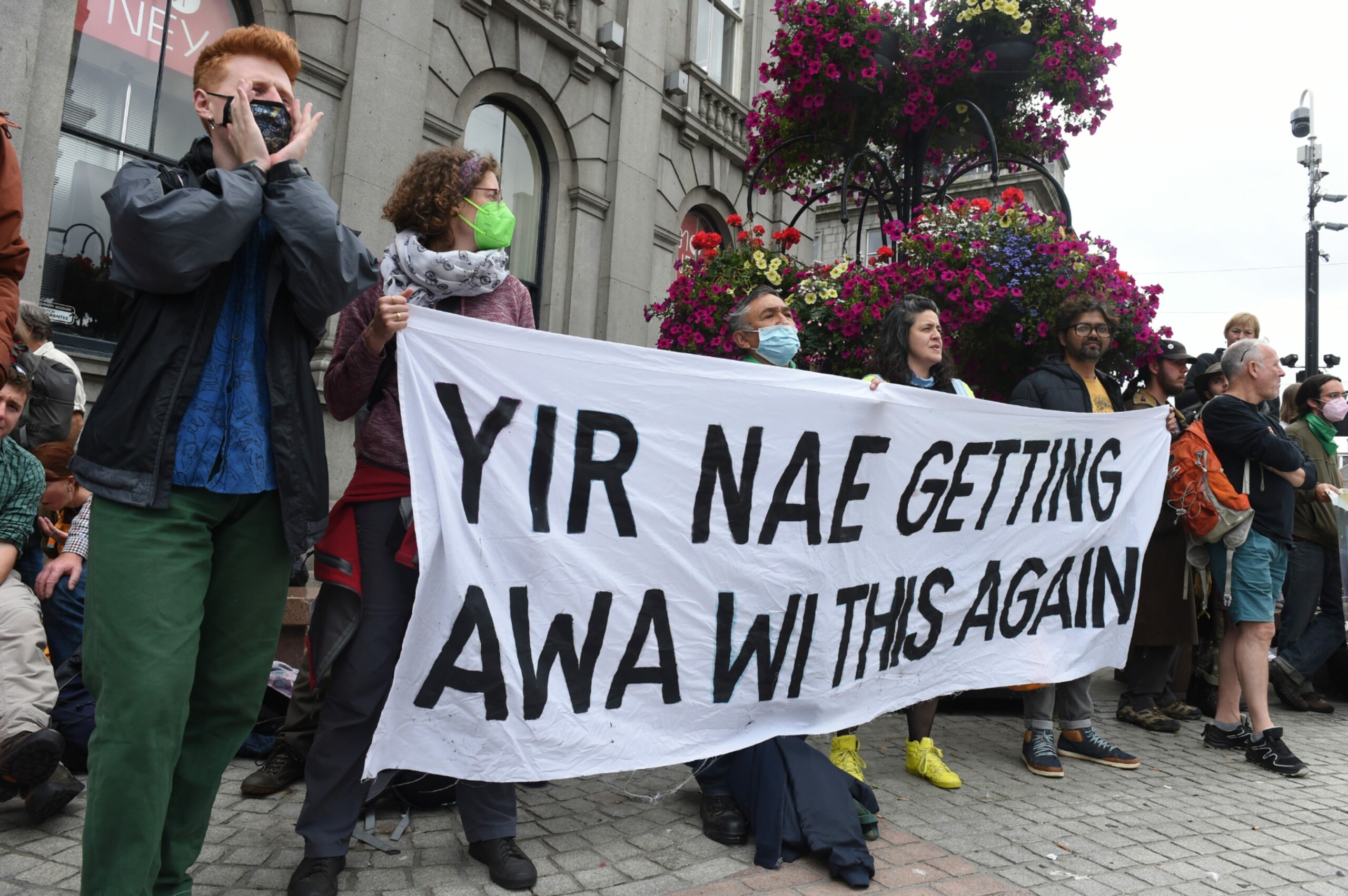
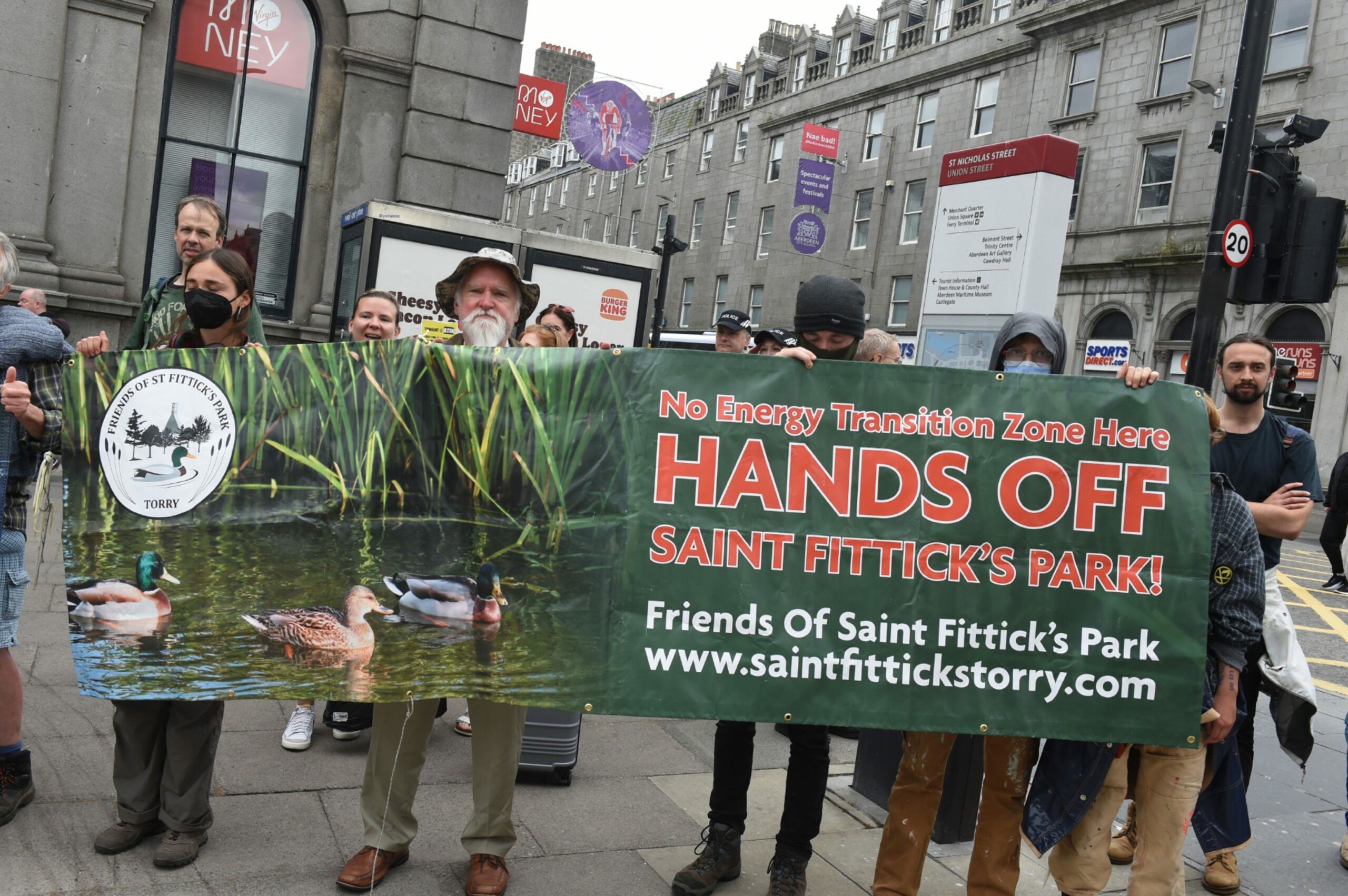
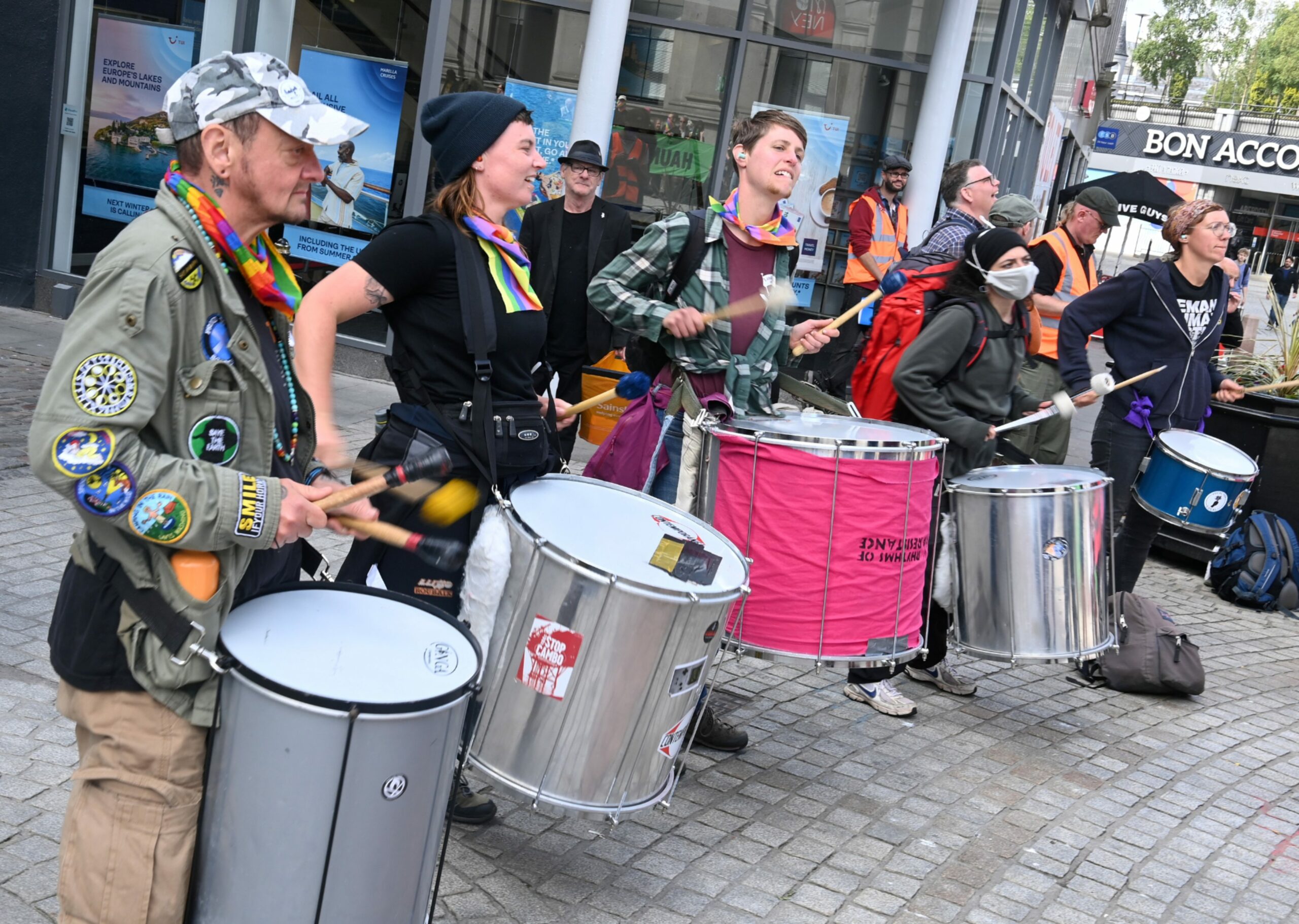
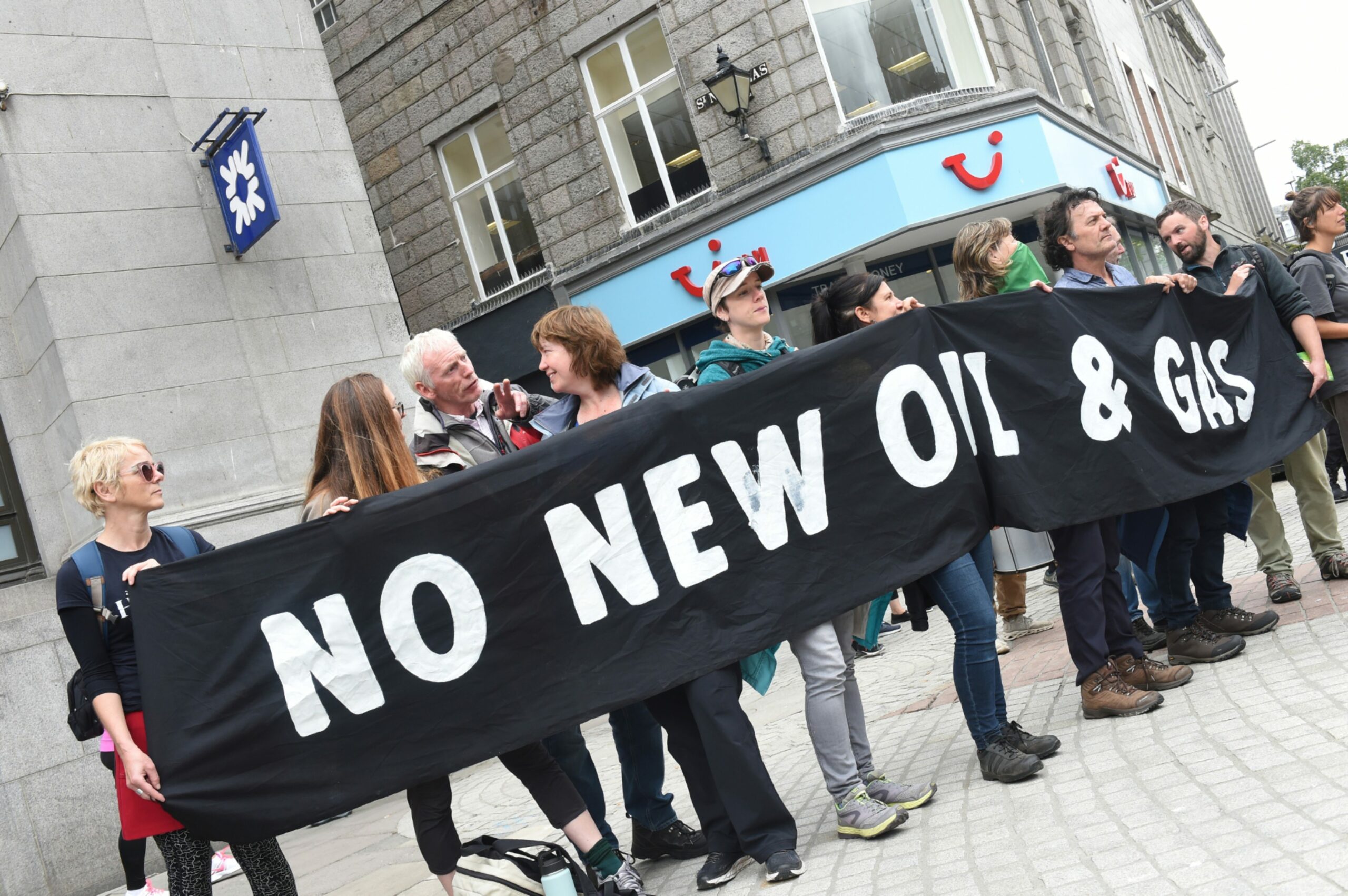
Conversation